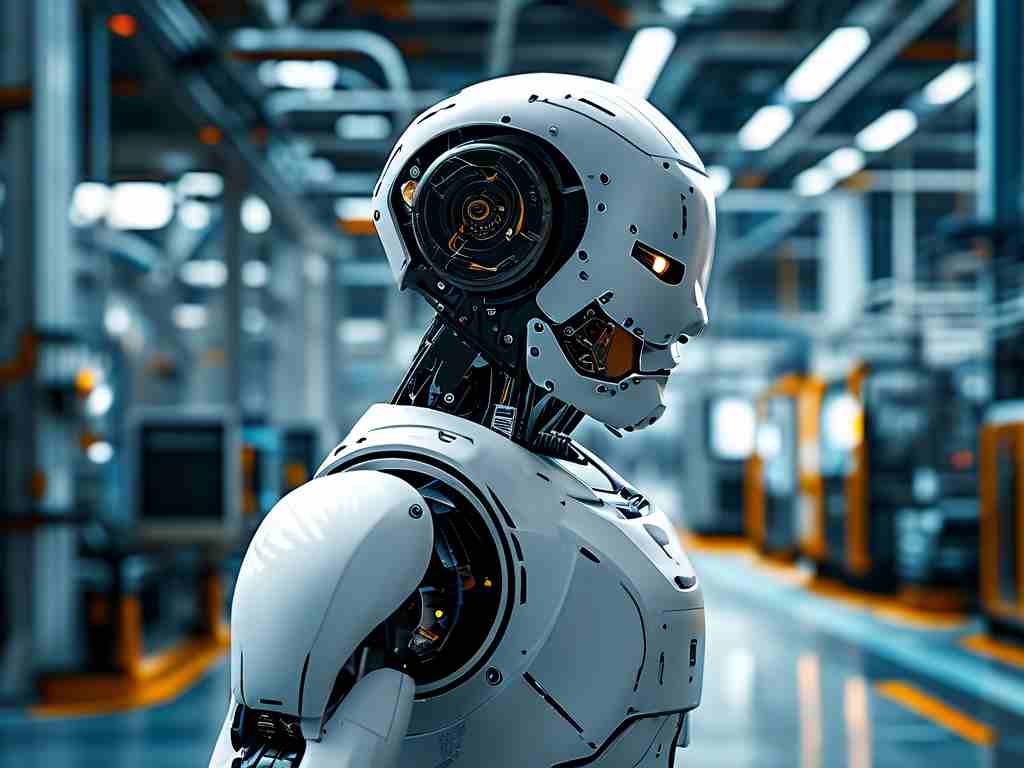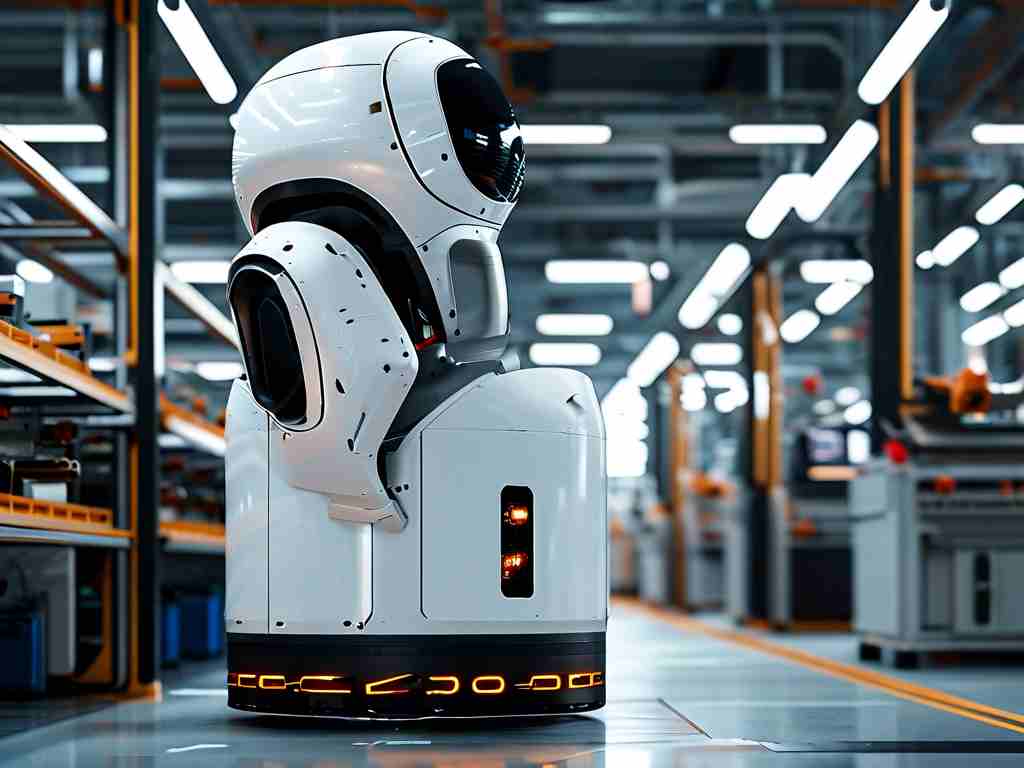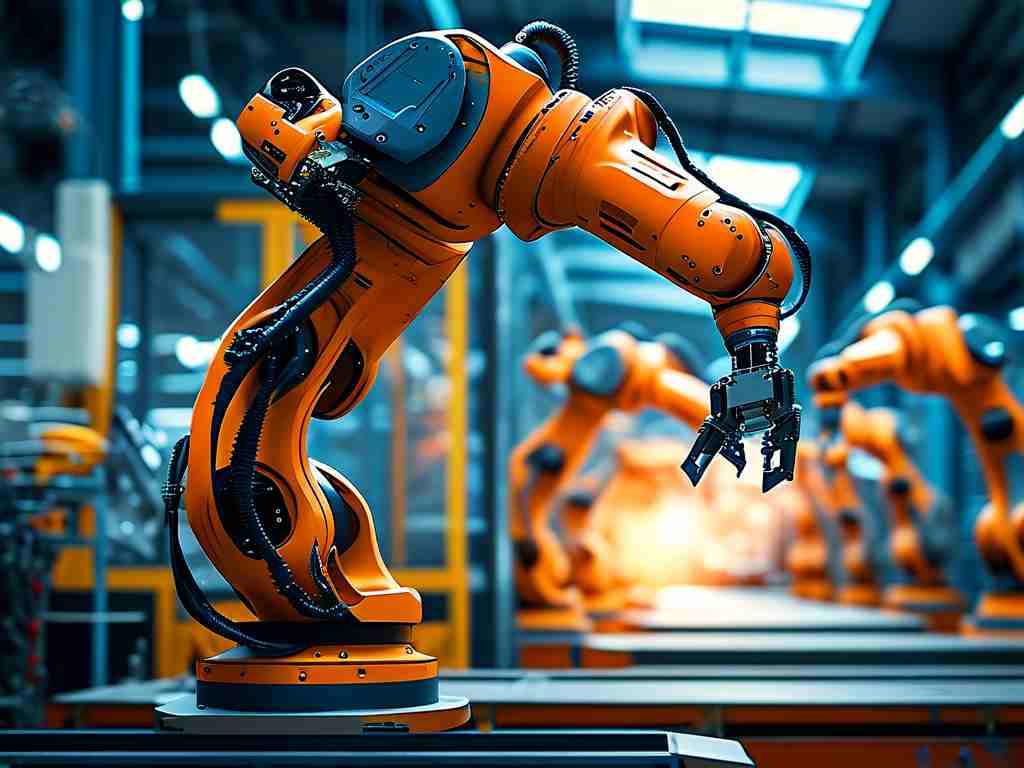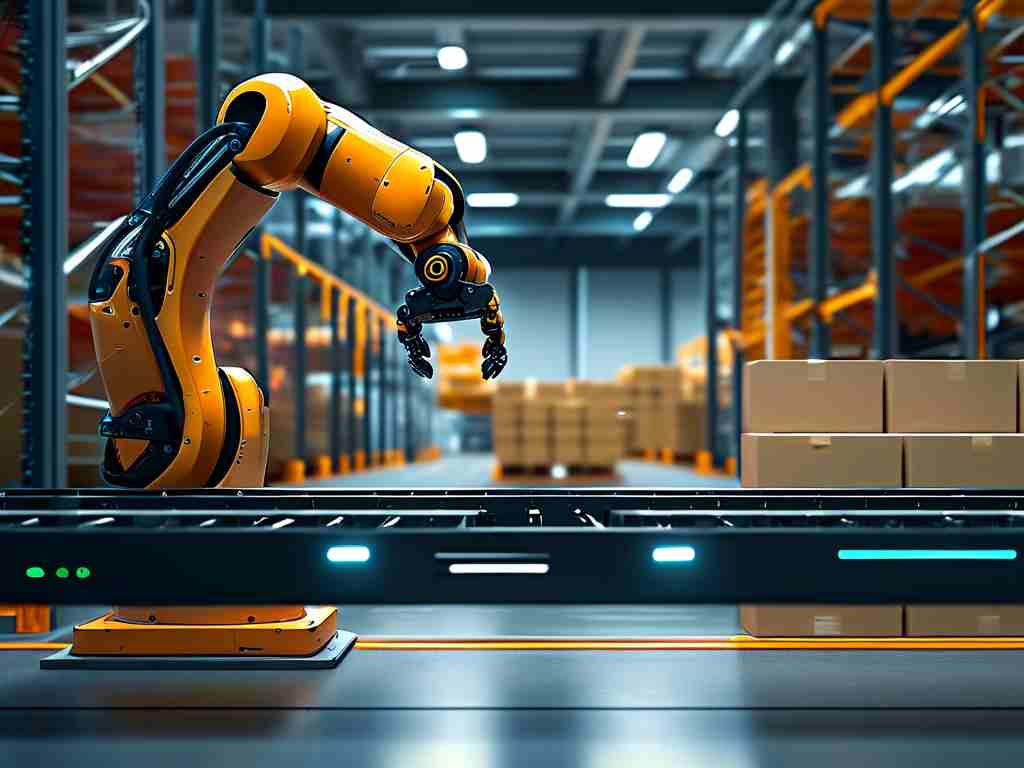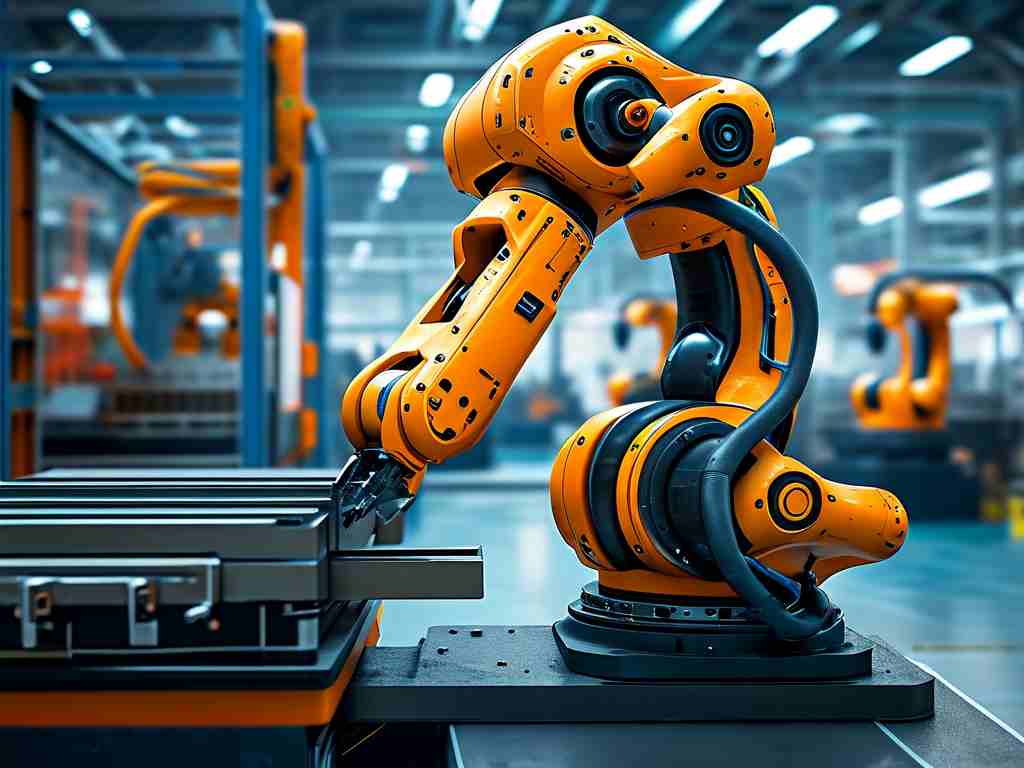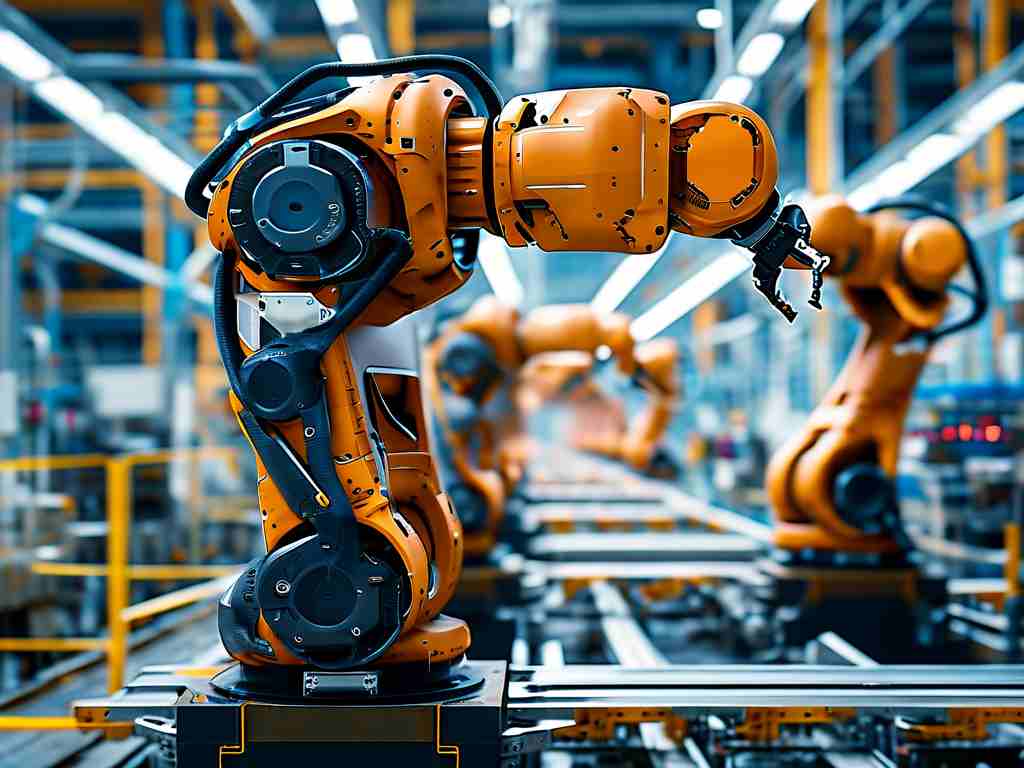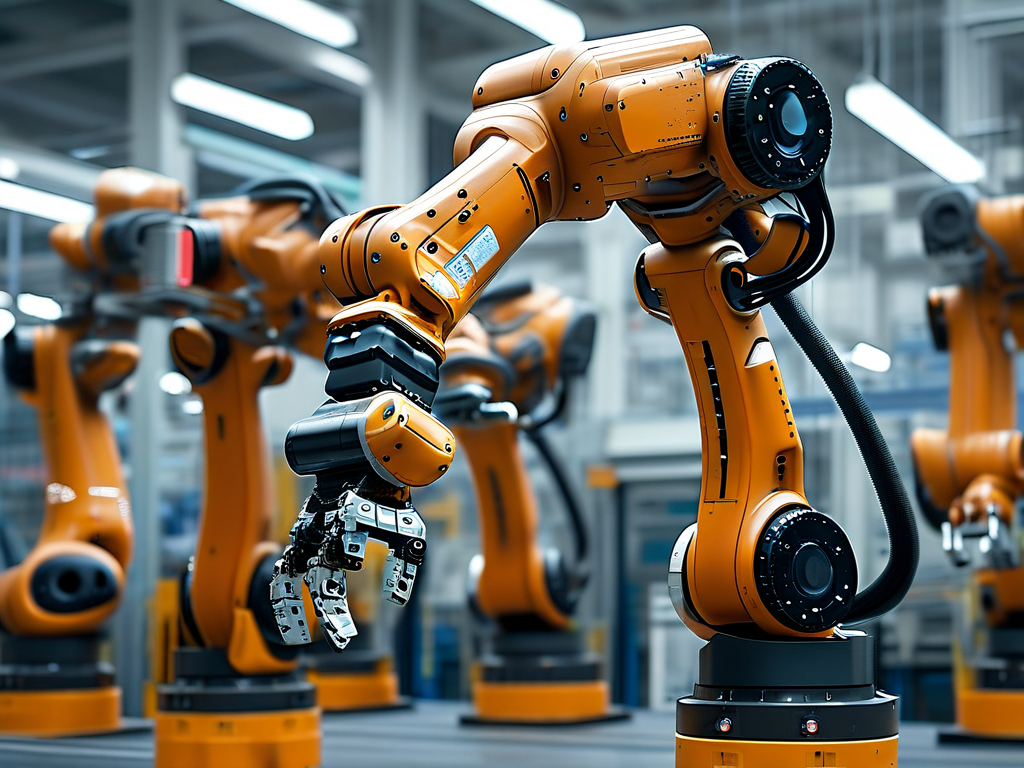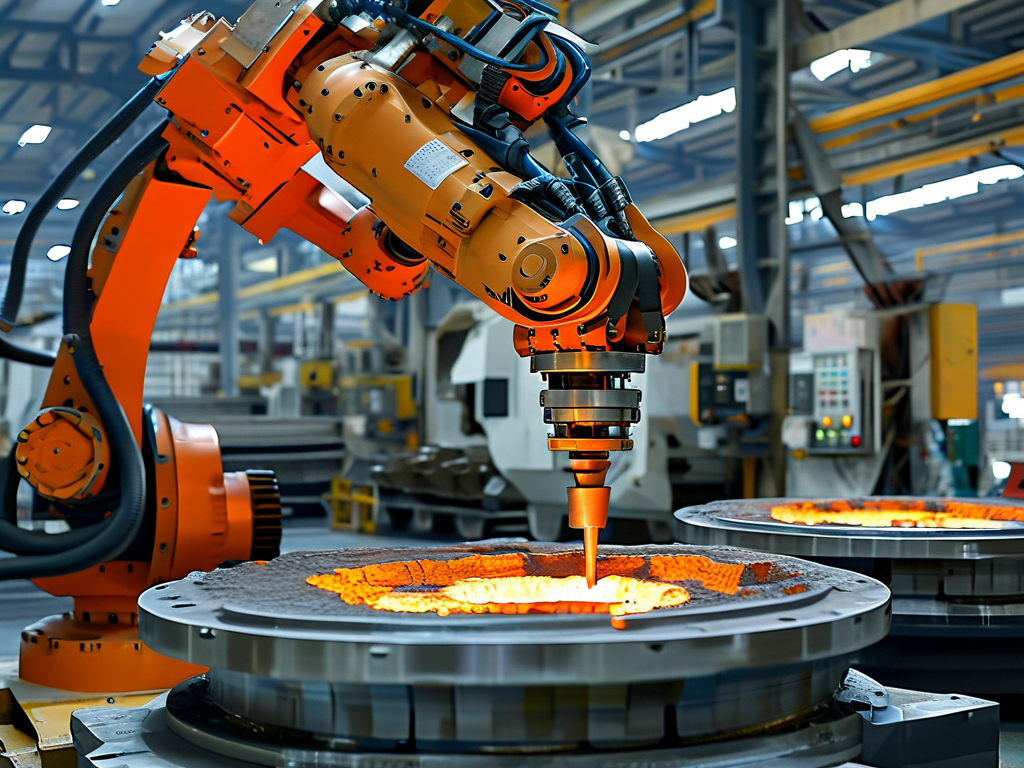In modern manufacturing and processing industries, drying robot technology has emerged as a transformative innovation. This advanced system combines robotics, sensor networks, and precision climate control to optimize drying processes across sectors like food production, pharmaceuticals, and electronics manufacturing. Unlike traditional drying methods that rely on manual oversight or fixed parameters, this technology introduces adaptability and intelligence to an age-old industrial requirement.
Core Principles
At its foundation, drying robot technology integrates three key components: automated robotic arms, environmental sensors, and machine learning algorithms. Robotic units handle material placement and rotation, ensuring even exposure to heat or airflow. Multi-spectral sensors monitor variables such as humidity levels, surface moisture, and temperature gradients in real time. These data points feed into adaptive control systems that automatically adjust drying parameters, compensating for material variations or ambient conditions. For instance, when processing agricultural products with inconsistent water content, the system dynamically modifies airflow patterns to prevent over-drying or under-processing.
Industrial Applications
The food processing sector demonstrates one of the most impactful implementations. Automated drying robots now manage delicate operations like dehydrating herbs while preserving essential oils, a task previously requiring skilled human operators. In pharmaceutical manufacturing, these systems maintain strict compliance with Good Manufacturing Practice (GMP) standards by eliminating human contact during the drying of sterile components.
Electronics manufacturers employ specialized drying robots for circuit board treatment. These units combine vacuum drying capabilities with anti-static handling systems, reducing defect rates in sensitive microcomponents. A notable case involves a semiconductor factory in Taiwan that reduced post-drying rejection rates by 37% after implementing robotic drying systems.

Energy Efficiency Advantages
Modern drying robots incorporate energy recovery mechanisms that set them apart from conventional systems. Closed-loop heat exchangers recapture thermal energy, while predictive algorithms minimize idle time. Data from a European consortium study revealed that automotive paint-drying robots can reduce energy consumption by up to 52% compared to traditional convection ovens, significantly lowering both operational costs and carbon footprints.
Technical Challenges
Despite its advantages, the technology faces implementation barriers. The initial integration cost remains high for small-scale operations, with complete systems often exceeding $500,000. Maintenance complexity also presents challenges, as robots operating in high-temperature environments require specialized cooling systems and durable sensor arrays. Cross-industry standardization efforts are ongoing, with organizations like the International Drying Association developing unified protocols for robotic drying system certification.
Future Developments
Emerging iterations of drying robotics incorporate computer vision for material analysis. Experimental systems at MIT's Laboratory for Manufacturing and Productivity can now visually detect surface crystallization patterns during chemical drying processes, automatically adjusting parameters to optimize crystal structure. Another frontier involves hybrid systems combining microwave-assisted drying with robotic handling, shown to accelerate drying times for porous materials by 400% in recent university trials.

Industry analysts project particular growth in modular robotic drying units. These compact systems allow manufacturers to retrofit existing production lines rather than undertaking complete facility overhauls. A leading German robotics firm recently unveiled a suitcase-sized drying module capable of handling small-batch artisanal food production, bridging the gap between industrial-scale systems and craft manufacturing needs.
Environmental Impact
The precision of robotic drying systems contributes to broader sustainability initiatives. By eliminating over-drying—a common issue in manual operations—these systems reduce material waste. In textile manufacturing, optimized robotic drying has decreased cotton fiber damage by 29%, extending fabric lifespan. Water reclamation features in next-generation systems aim to recover up to 95% of evaporated moisture for reuse in industrial processes.
Workforce Implications
Contrary to concerns about job displacement, drying robot implementation appears to be creating new technical roles. Maintenance technicians with expertise in mechatronics and industrial IoT systems are in high demand. Additionally, the technology reduces worker exposure to hazardous drying environments containing airborne particles or high-temperature zones. Training programs like the Robotic Drying Systems Operator Certification, launched in 2023, are preparing workers for this evolving industrial landscape.
As industries continue to prioritize efficiency and sustainability, drying robot technology stands poised to redefine material processing standards. Its ongoing evolution promises not just incremental improvements, but fundamental changes in how manufacturers approach one of humanity's oldest preservation techniques.


